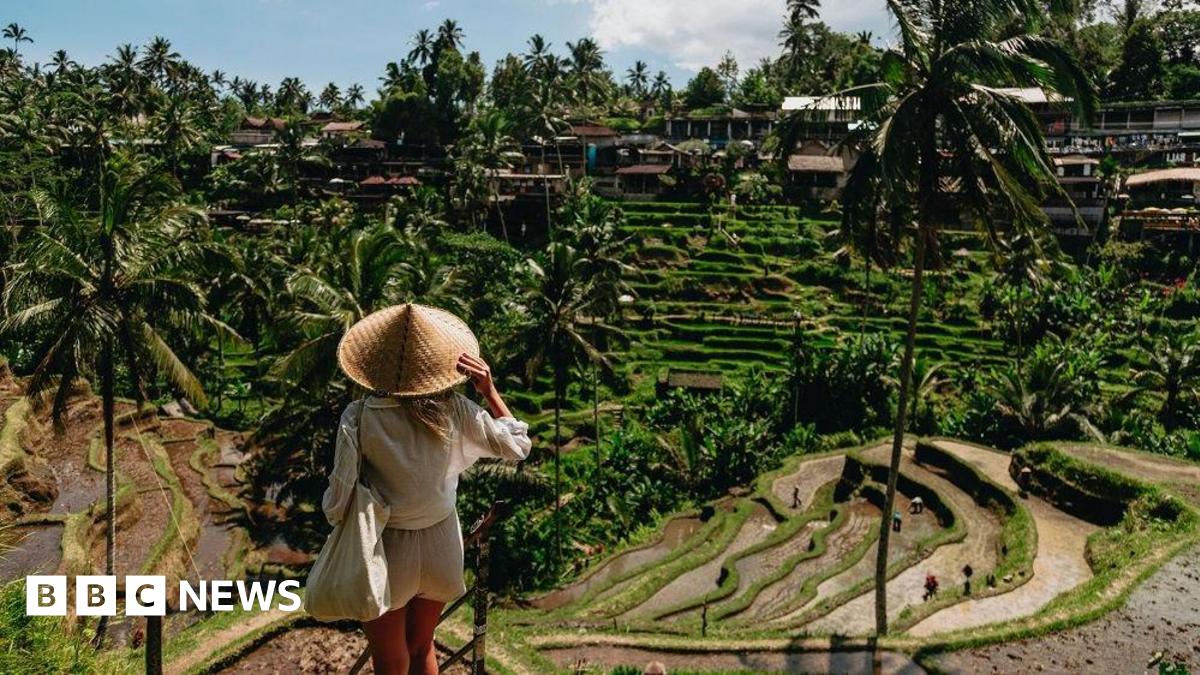Western adventurers have been turning up in Bali since the early 20th Century, when it was seen as an exotic backwater, home to Hindu temples and rice fields.
Spirituality and a reverence for nature run deep: monkeys, cows and birds carry sacred import, large ancient trees are thought to house spirits, and the popular trekking volcano Mount Batur is believed to be protected by a goddess.
Bali was “one of the first places that there was all this talk of utopia and great beauty and culture,” says Gisela Williams, a Berlin-based travel writer who has been visiting the island since the ’90s.
“It’s the Balinese Hindu culture that has created this myth of the place.”
Over the past decade, tourism to the island has skyrocketed, from 3.8 million visitors in 2014 to to 6.3 million last year.
This year looks set to be a record-breaker: the island appears on track to welcome more than seven million foreign tourists.
Rather than unique traditions or idyll, Bali today is better known for its beach clubs and surf houses.
Alcohol is easily available and scanty clothing is more acceptable compared to the rest of Indonesia. And most visitors also want to immerse themselves in Bali’s luxe hotels, villas and spas.
“You have a lot of Westerners who are really taking advantage of the affordability of a luxury lifestyle,” Ms Williams says. “Since social media has taken over, it’s a very superficial way of understanding a place… You just see a picture, and then you go.”
